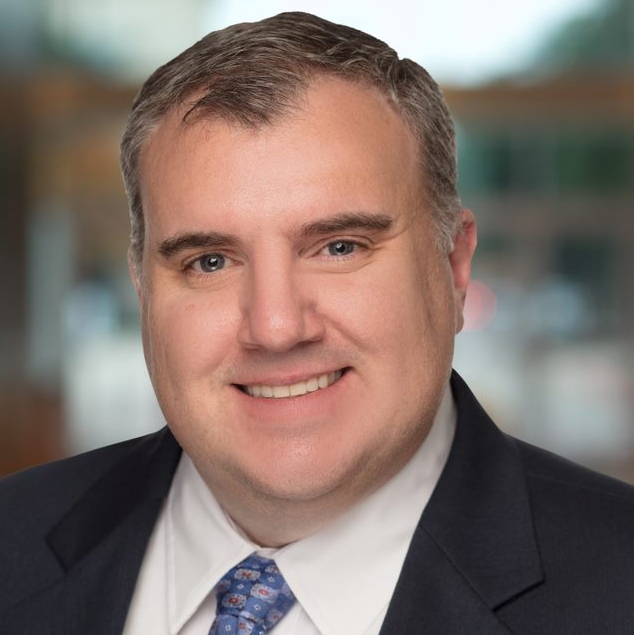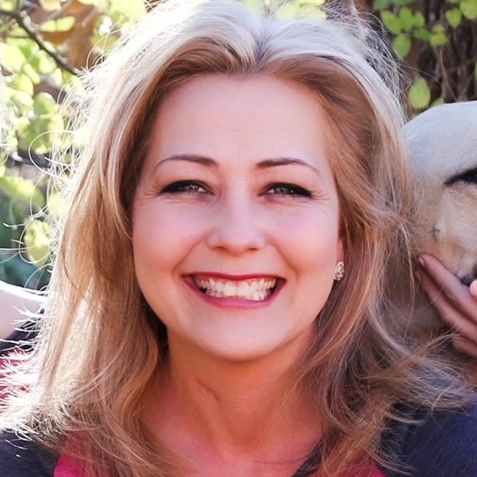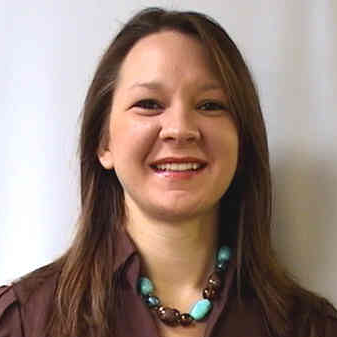Better together: How TPC’s collaborative platform helped members achieve $30 million in revenue cycle improvement
An initiative that incorporates HFMA’s MAP Keys has significantly reduced vendor management costs, enhanced net revenue and strengthened efficiency and performance among 11 collaborating health systems.
In 2016, TPC — a group representing 11 independent health systems with more than 20 acute care hospitals, about $1 billion in purchasing volume and over $3 billion in net revenue — embarked on an ambitious journey to improve member organizations’ financial health.
As the move toward healthcare consolidation picked up speed, largely driven by the need to cut costs, TPC’s members sought to enhance their financial outlook not only by reducing expenses, but also by increasing revenue. Uniting virtually, TPC created a revenue cycle council to collaboratively identify and assess opportunities to strategically boost net revenue, focusing on sharing revenue cycle best practices. The coalition also adopted the HFMA MAP Keys, industry-standard metrics, to ensure members used common definitions for revenue cycle metrics, consistently tracked performance and compared results with each other.

The TPC revenue cycle council, which features representatives from each of TPC’s member health systems, meets monthly via conference call and quarterly in face-to-face working sessions. The council uses data analytics — both member data and HFMA MAP data from systems of similar size and type — to pinpoint process and infrastructure enhancements that could strengthen revenue and reduce expenses without negatively affecting the patient financial experience. Council members also share which approaches generate the biggest gains in net revenue or reductions in expenses, as well as their top pain points.
“Most of our early success was around purchased-service arrangements, where we leveraged the group purchasing power of our members to negotiate best-in-class contracting with early out and bad debt vendors and reduce technology costs,” said Cody Waldrop, TPC’s revenue cycle vice president. “From there, our efforts became more strategic, looking at ways to enhance net revenue through underpayment reviews, self-pay practices, denials management and more.”
Four years later, the results are outstanding: TPC has achieved more than $30 million in revenue cycle savings, with $11 million in savings recorded in 2019 alone. Highlights include:
- $13.2 million in savings from improved vendor contracts and enhanced net revenue
- $5.9 million in savings from early out and bad debt initiatives
- $1.7 million recovered from underpayment reviews
- A 30% drop in unbilled accounts since 2018
TPC’s experience demonstrates the value of independent facilities working together, using comparative analytics to elevate revenue cycle performance across a virtual system and spur collaborative improvement.
Decoding the secrets to revenue cycle success
To set the stage for transformation, TPC needed to aggregate member data for comparative analytics and benchmarking and make it available — unblinded — to all organizations in the system. It also required standard definitions for key performance indicators in revenue cycle to ensure all the organizations were using the same approach for defining and calculating metrics such as net days in A/R and claim denial rate.

“As an independent hospital system, it is difficult to know where you stand,” said Tave Kelly, director of business services for Hendrick Health System in Abilene, Texas. “The ability to see how your organization ranks compared with its peers across multiple dimensions is incredibly valuable. So is the opportunity to see which organizations within TPC are best of class and reach out to those organizations to ask, ‘What tools are you using? What are the processes that support your success, and what are the lessons learned?’”
Ultimately, TPC and its members chose HFMA’s MAP Keys, developed by industry leaders, as the basis for benchmarking members’ performance.
“Some of our members were using HFMA MAP Keys to compare how they stacked up against other hospitals outside of TPC,” Waldrop said. “Others were tracking KPIs that were similar, but may have been calculated differently. By moving all of our member organizations to the MAP Keys, we created a common view that enables us to more easily identify areas for improvement, allocate scarce resources and drive efficiency.”
TPC implemented a dashboard that enables members to compare their revenue cycle departments against national and peer benchmarks and hold each other accountable.
“It’s a great way to gain a pulse check on where you stand compared with your peers,” said Jeri Kaspar, senior director of revenue cycle for United Regional Health Care System in Wichita Falls, Texas. “I love that the data are not blinded within the TPC universe so that we can reach out and ask questions of our peers.”

Creating dashboards from the data provides a highly visual snapshot of where members excel and the areas that are most in need of transformation, which is helpful in conveying information quickly to senior leaders and engaging frontline staff, Kaspar said.
Initially, TPC members focused performance-improvement efforts on reducing unbilled accounts.
“Several of our members had just completed an EHR or revenue cycle management conversion or were in the middle of one, and struggles with unbilled accounts were the most pressing issue they faced,” Waldrop said. Today, areas of focus include cash acceleration, vendor management, denials management, clinical documentation and overall self-pay collections (e.g., point-of-
service, early out and bad debt).
During revenue cycle council meetings, representatives review overall trends in performance as well as trends by organization. They also seek guidance from leading organizations, whether within TPC or those recognized by HFMA’s MAP initiative as demonstrating high levels of aptitude in RCM.
For example, during TPC’s 2019 “Fall Classic,” an annual planning retreat for member organizations, the revenue cycle council used data from the HFMA MAP dashboard to examine trends in point-of-service and determine where improvement was needed. Members then collaboratively developed strategies to supercharge the patient financial experience for 2020, revising patient statements, building the infrastructure for a better experience, including patient estimators and electronic portals, and exploring strategies for increased transparency.
“Initiatives such as these would not be as clearly defined without the aggregated data provided through the MAP App,” Waldrop said.
The steady cadence of virtual and face-to-face communication builds a strong camaraderie that extends idea sharing beyond meetings.
“The intangible value of this approach is that I know my colleagues at other hospitals by name, I know what EHR they are on, and I can reach out and ask, ‘How is your performance better than ours in this area? What are you doing differently?’” Kaspar said. “I can also reach out to colleagues who are on the same EHR as we are and ask, ‘How did you pull this metric? How did you put this information together?’
“We’re continually seeking to learn from one another and help each other,” Kaspar said. “The value that the collaboration provides us elevates us all.”
5 lessons learned in data-enabled improvement
What can other hospital and health system leaders learn from TPC’s efforts to use data to promote collaborative steps toward revenue cycle success? TPC leaders share five lessons learned.
1. Invest in a robust platform for data collection and analysis. A Black Book survey found 76% of healthcare organizations plan to dedicate at least 10% of their 2020 technology budgets to predictive RCM analytics. “Data is critical when undertaking performance improvement initiatives,” Waldrop said. “If you can’t get data or you don’t have the right data, it can lead you down the wrong path. Good data and benchmarking points you in the right direction and helps you identify revenue cycle targets that make you more efficient and productive.”
2. Make sure you are measuring apples to apples. “Our members are fiercely independent, but they also want the benefits of being in a system by sharing information,” Waldrop said. “As we’ve taken steps to ensure we’re measuring revenue cycle data the same way and speaking the same language, we’ve been able to look to our high-performing members in various areas to ask, ‘How do you do it?’ This supports a level of collaboration around operational best practices that make the whole system better.”
3. Get into the weeds. Look for opportunities to go beyond the data to uncover the leadership tactics, processes or technologies that set an organization’s performance apart. “One of our members brought the fun back into revenue cycle by rewarding employees when they met their goals, such as around point-of-service collections, and it made a significant difference in their performance,” Kaspar said. “I think sometimes we forget to have fun in our work. Their example demonstrates the power of reenergizing your team.” At TPC, members also are expanding their collaboration by creating subcommittees around specific MAP Keys, such as denial write-offs as a percentage of net patient service revenue and days in total discharged not submitted to payer. “I’m really looking forward to digging into the details,” she said.
4. Involve clinicians in your efforts. “We’ve added clinicians to our denial committee team, including a physician adviser and representatives from admissions, case management and nursing, and that has made a tremendous difference,” Kelly said.
5. Focus on transparency. “If you don’t know where you are, you don’t know where you’re going,” Kelly said. “It’s good to be able to identify trends and see who is performing well in specific areas and who is not and to support each other in making improvements. Within TPC, my organization struggled with point-of-service collections, initially. Now, with the input we’ve incorporated from other members, our numbers have really increased, and organizations are coming to us for help. It’s gratifying to be in a position to offer guidance.”





